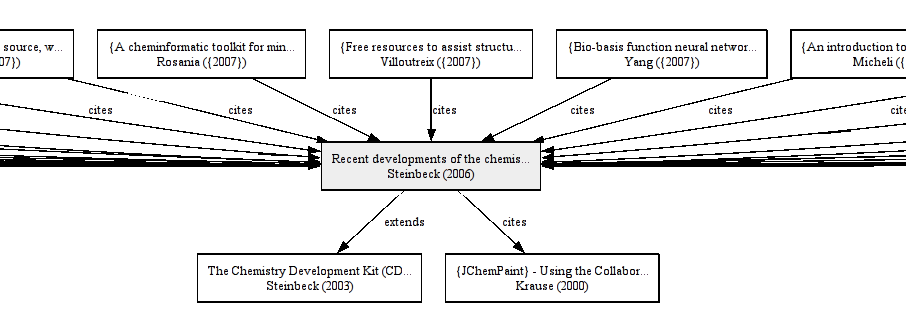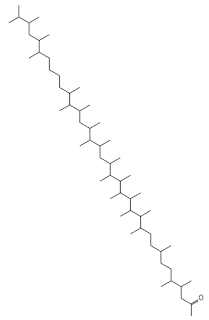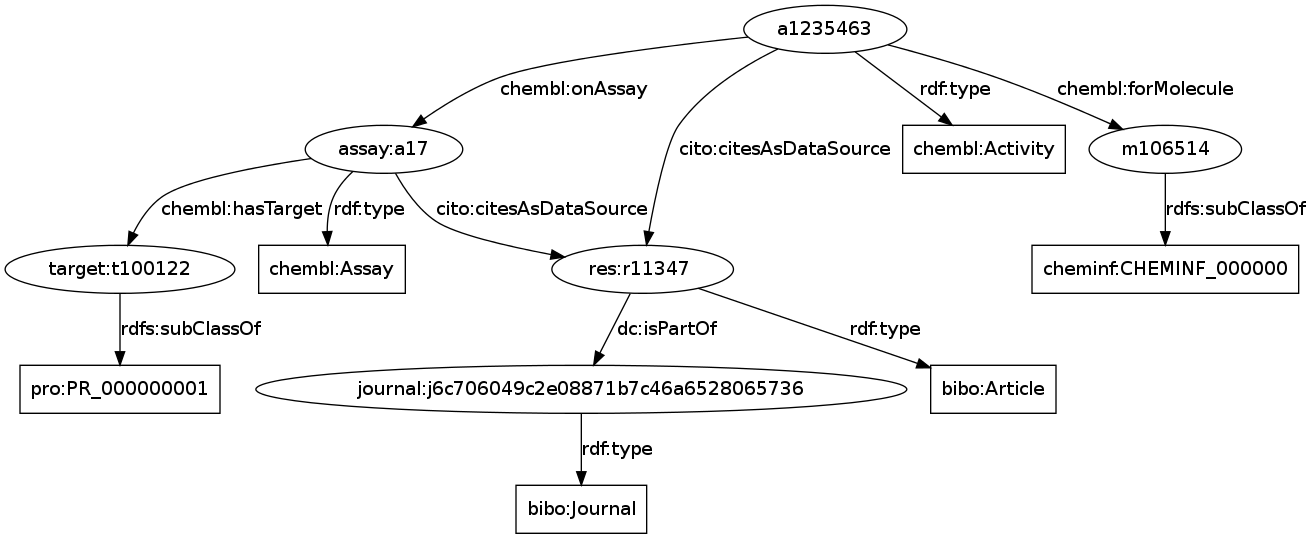I just want to drop this here. There are various ways to make BridgeDb identifier mapping files.
This is my last post on blogger.com. At least, that is the plan. It has been a great 18 years. I like to thank the owners of blogger.com and Google later for providing this service. I am continuing the chem-bla-ics on a new domain: https://chem-bla-ics.linkedchemistry.info/ I, like so many others, struggle with choosing open infrastructure versus the freebie model.
Some days ago, I started added boiling points to Wikidata, referenced from Basic Laboratory and Industrial Chemicals (wikidata:Q22236188), David R. Lide’s ‘a CRC quick reference handbook’ from 1993 (well, the edition I have). But Wikidata wants pressure (wikidata:P2077) info at which the boiling point (wikidata:P2102) was measured. Rightfully so. But I had not added those yet, because it slows me and can be automated with QuickStatements.

Just a quick note: I just love the level of detail Wikidata allows us to use. One of the marvels is the practices of named as, which can be used in statements for subject and objects. The notion and importance here is that things are referred to in different ways, and these properties allows us to link the interpretation with the source.

Update : Mark wrote up a blog post on the RDF that the ChEMBL team itself. Yesterday, the paper “The ChEMBL database as linked open data” (doi:10.1186/1758-2946-5-23) by Andra Waagmeester (@andrawaag), Ola Spjuth (@ola_spjuth), Peter Ansell (@p_ansell), Antony Williams (@chemconnector), Valery Tkachenko, Janna Hastings, Bin Chen (@binchenindiana), David J Wild (@davidjohnwild), and me appeared in the OA JChemInf journal.
The “Emerging practices for mapping and linking life sciences data using RDF” (doi:10.1016/j.websem.2012.02.003) is now available online, where I contributed a section on the original workflow for creating ChEMBL triples, and contributed to the section about open licensing, referring to CCZero and the Panton Principles. Happy reading!

Readers of my blog know I have been using the Citation Typing Ontology, CiTO (doi:10.1186/2041-1480-1-S1-S6). I allows me to see how the CDK is cited and used. CiteULike is currently adding more CiTO more functionality, which they started doing almost one and a half years ago.
I reported earlier how to I uploaded the ChemPedia (RIP) data onto Kasabi. But for ChEMBL-RDF I have used the pytassium tool, not just because it has a cool name :) I discovered yesterday, however, that I did not write down in this lab notebook, what steps I needed to take to reproduce it. And I just wanted to uploaded new triples to the ChEMBL-RDF data set on Kasabi.

About two weeks ago, the ChemConnector blog reported an InChIKey collosion detected by Prof. Goodman. Unlike the previous collision, this one was based solely on the graph and not on stereochemistry. The two molecules both have the InChIKey OCPAUTFLLNMYSX-UHFFFAOYSA-N: The compounds are really different, the molecular formulas are C 50 H 102 O and C 57 H 114 O respectively.
